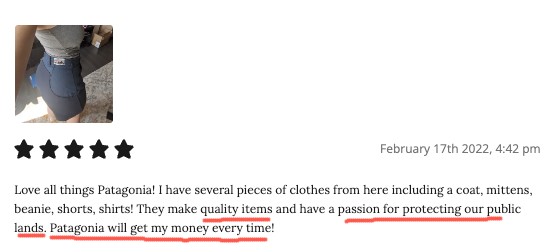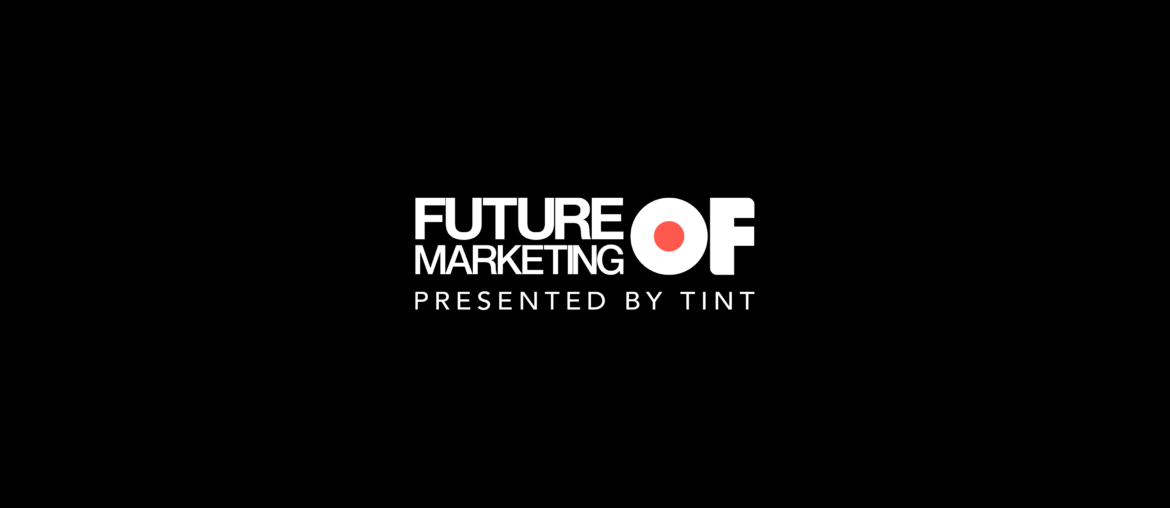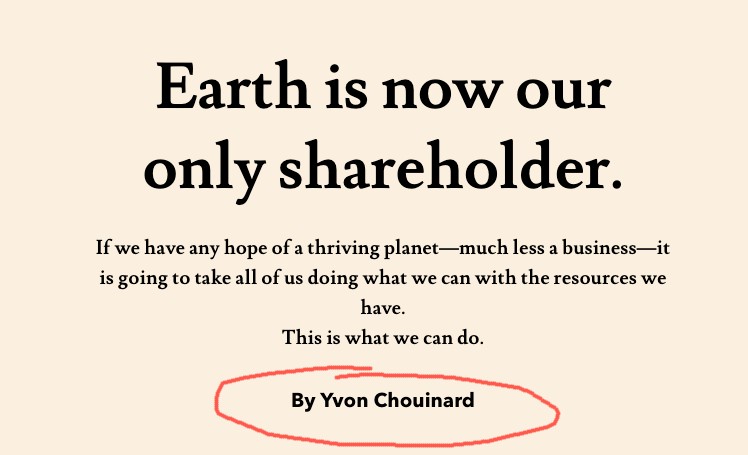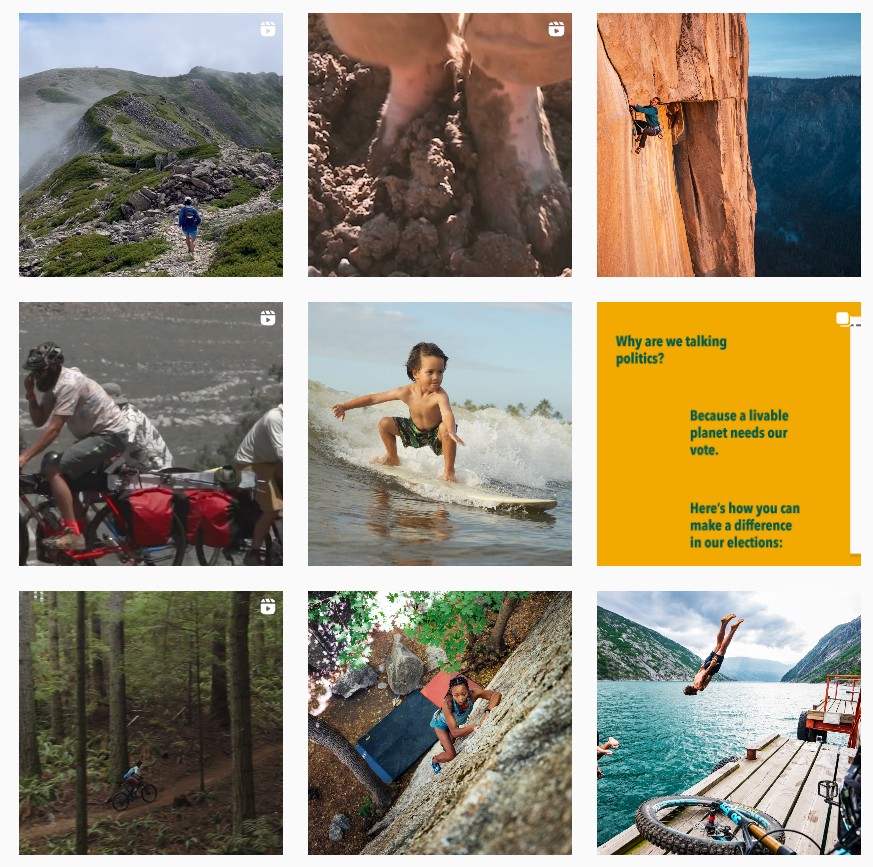Welcome to Future of Marketing.
Every other week, we send you the most relevant trends, resources, and strategies in social and user-generated content (UGC) from leading marketers and brands around the globe.
Today, we’re breaking down how our #BrandCrush: Patagonia set a new standard for brands and consumers around the world. 💘
Let’s do this!
How Patagonia set a new standard
Words like “impact” have slowly dwindled their meaning, as brands share their ambitions to do good, but don’t really follow through.
However, there are exceptions…
Yvon and Malinda Chouinard recently gave Patagonia away to save our home planet – challenging every business leader to reflect and ask how they’re contributing to this world. In his letter, Yvon shared:
“If we could do the right thing while making enough to pay the bills, we could influence customers and other businesses, and maybe change the system along the way.” 🎯
What does this mean for the future of marketing?
When a brand like Patagonia makes a major move like this, the bandwagon effect suggests others (e.g. brands and consumers) will naturally follow suit. And considering the potential impact of this bold initiative – saving the world and all – why wouldn’t others want to follow?
Even if that means taking smaller steps. 🙂
What marketers can learn from Patagonia 💡
1. Practice what you preach
Patagonia leads with their purpose – not their pockets. They use sustainable materials. They recycle their clothing. They give back for every sale.
Not only does Patagonia raise the standard for brands and consumers, but people notice when brands step up – and it makes them want to tell others about you.

2. Low effort, maximum impact
No commercials. No billboards. No “grand” campaigns. Instead, Patagonia’s founder published a letter on the company’s website to make the announcement – clean, simple, and cost-effective.
💡Notice how they leveraged the voice of their founder instead of paying an “adventurous” celebrity to make the announcement. In this case, employee-generated content feels more powerful, doesn’t it?
3. Lead with authenticity
According to TINT’s State of User-Generated Content 2022 report, 78% percent of consumers can tell when brands are advertising to them, so if you’re going to practice sustainability, do it because you genuinely want to – not because it’ll get you more “likes.”
“As sustainability has risen as a priority, many brands have used [sustainability] as a marketing tool but failed to take any sort of true action, known to critics as greenwashing.”
Jessica Deyo, Editor, Retail Dive
4. Make your customer the hero
Most of Patagonia’s Instagram feed displays a stunning array of user-generated content (UGC) – which extends beyond social media; they share real customer stories and experiences throughout their channels, which inspires others to participate and build affinity with the brand. And it saves marketers time and $$$.
Cue the marketing predictions 🔮
If we want to regenerate our planet – and become better marketers – sustainability must be a guiding principle for us all. As more business leaders step up to the plate, expect brands and consumers to increasingly focus on
- Anti-consumerism
- Brand purpose
- Green marketing
- Authenticity
- User-generated content
- Convenience
- Quality
So buckle up.
What we’re learning
Seventy-two percent (72%) of consumers believe that reviews and testimonials submitted by customers are more credible than the brand talking about their products.
via State of User-Generated Content 2022
💡 TIP: Replace stock images with user-generated content (it converts better)
In other news:
- Don’t be afraid of Gen Z
- PODCAST: An interview with Christian Brown, CMO of Glewee
- How to create a content marketing strategy in 2022
- Instagram test feature lets you post text statuses for your followers
- How the pandemic changed advertising in 2022
Shameless plug
Want to capture and distribute content your customers and fans are creating about your brand? Give TINT a spin.
Closing thoughts 💭
Hope you enjoyed today’s Future of Marketing brief.
Please share Future of Marketing with your friends and colleagues – and if you have any comments, questions, or ideas, don’t hesitate to reply.
Thanks for reading – until next time. 🙂


